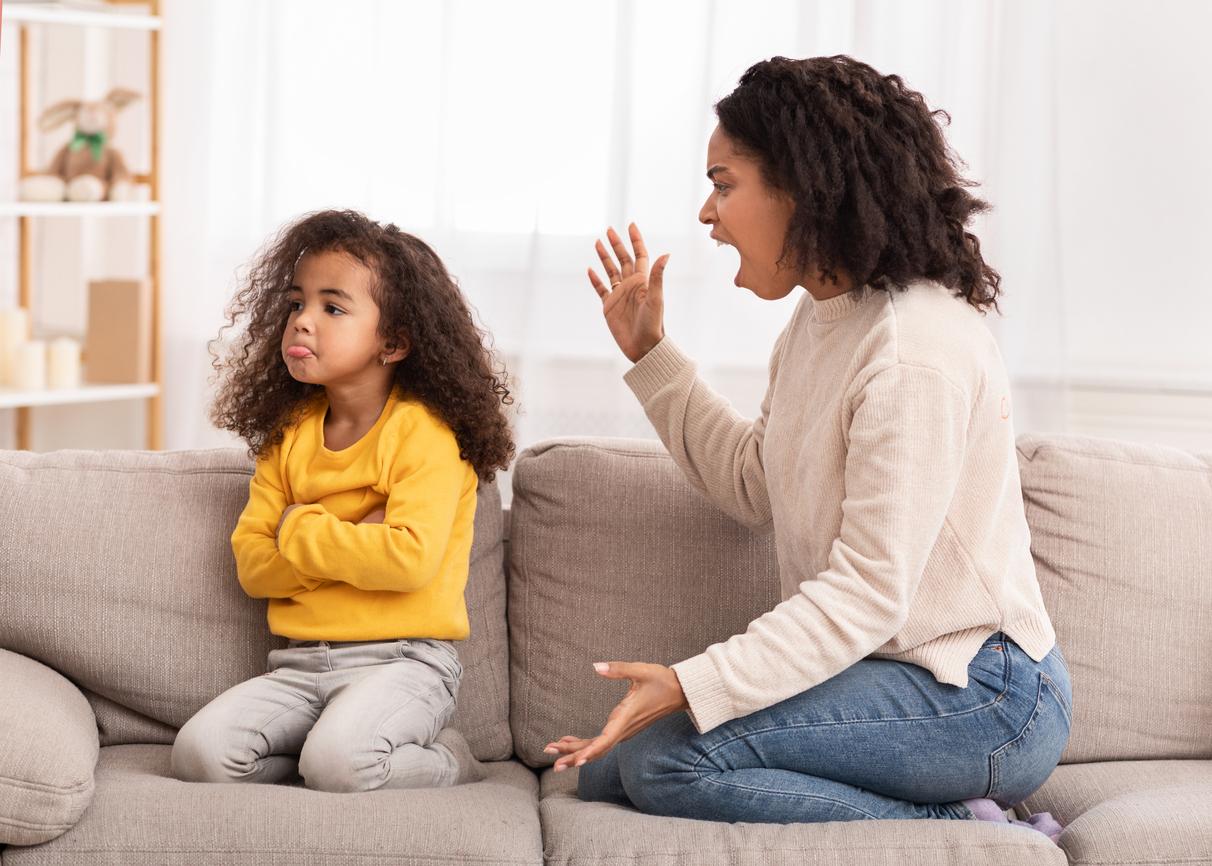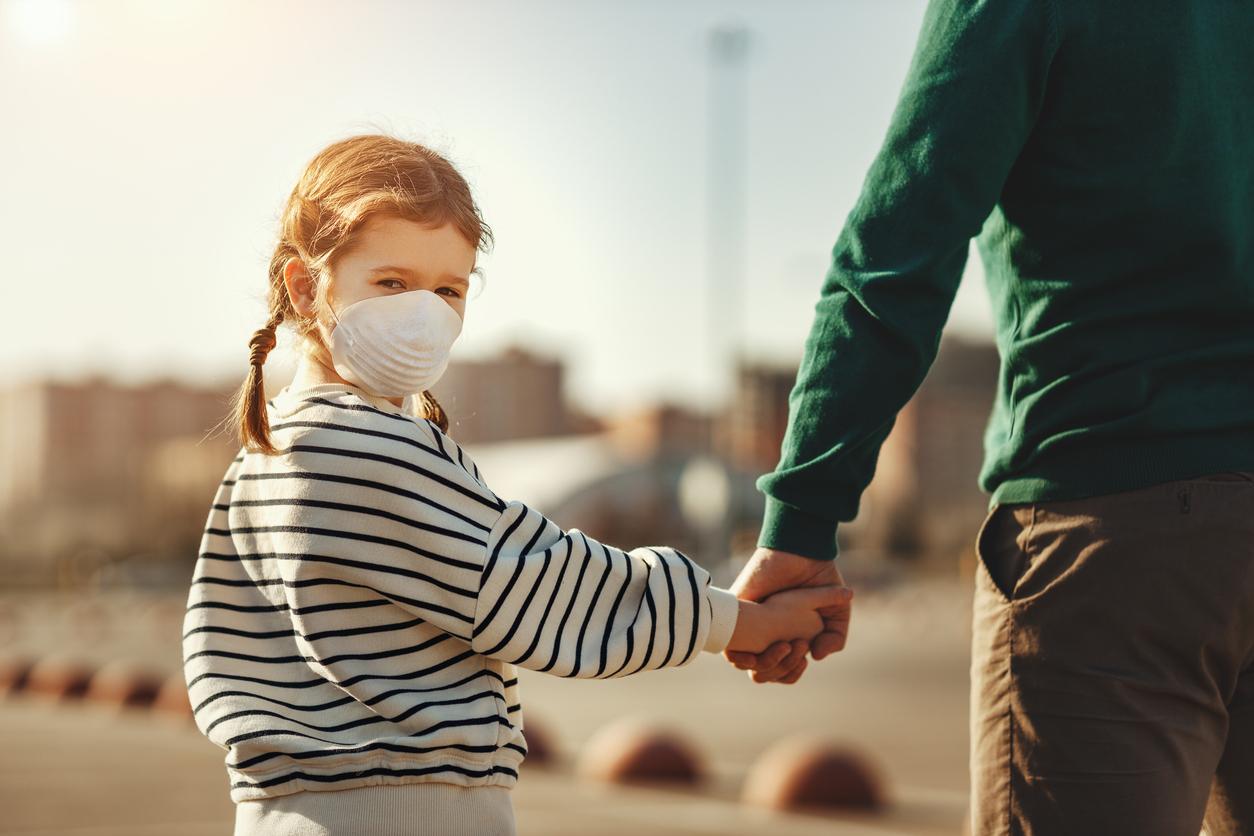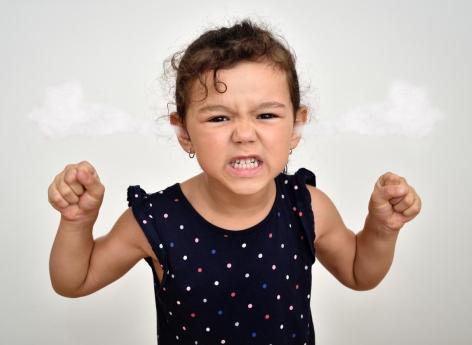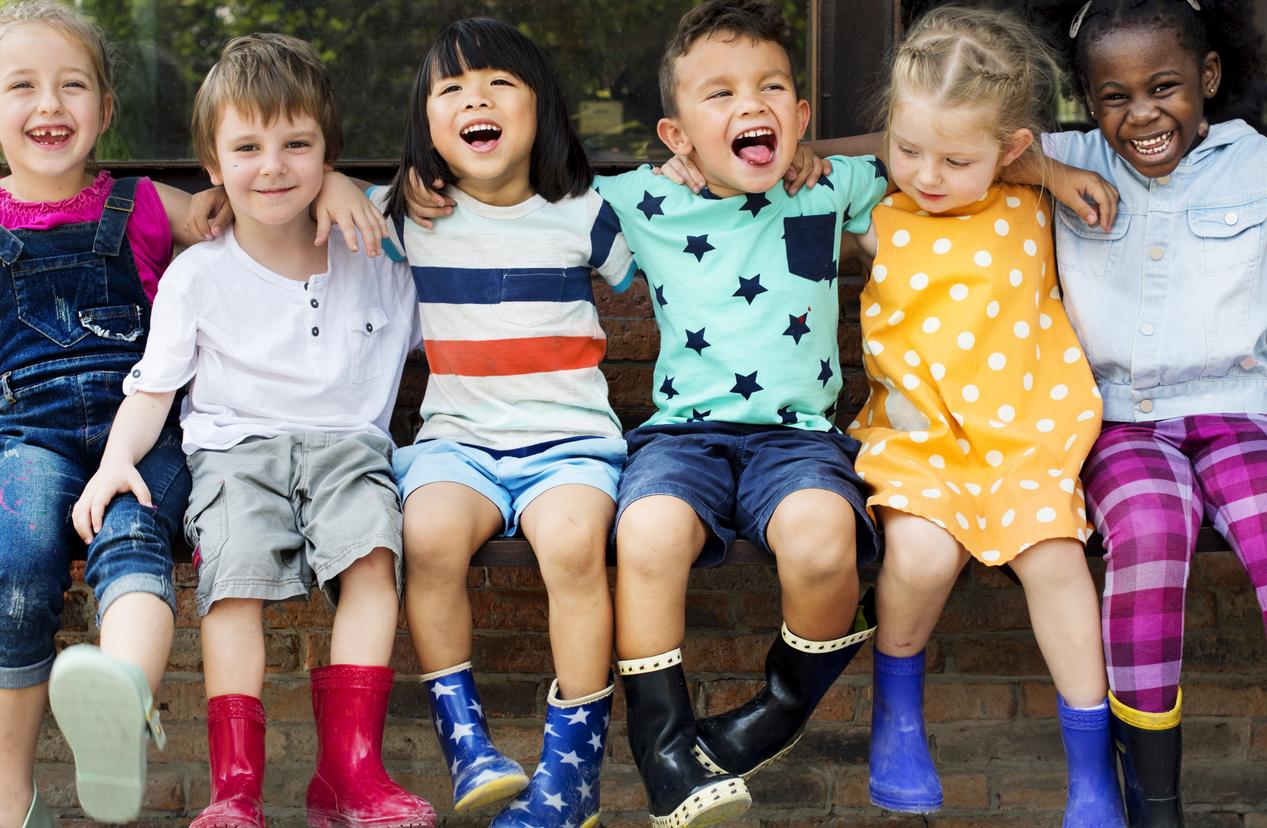Child abuse is not an educational tool.

- Physical and verbal abuse should not be minimized by parents.
- Indeed, hitting your child or being verbally violent teaches him that there is no other alternative when he is frustrated or angry.
- Rather, we must try to move towards an education that pays attention to the emotions of the child and shows him that another way of managing conflicts is possible.
Often minimized, the slap given to a child is seen as a way to teach him a lesson. However, far from helping him, she only teaches him that violence is normal.
A change in the educational model that confuses some parents
In recent decades, we have witnessed a boom in psychology that has led to a better understanding of how children learn from their environment. We have therefore moved from an educational model where children had no say and had to suffer physical and verbal violence to a model that leaves room for communication and can thus destabilize some parents who have never learned in this way.
It is in this context that the slap or physical and verbal violence in general are minimized or trivialized by some parents, very often thinking that they have no other choice in the face of the frustration of not being heard. by their child.
It is however possible to educate differently
Hitting your child or showing him verbal abuse teaches him that there is no other alternative when he is frustrated or angry. On the contrary, by showing him that with reflection, communication, time spent together and perhaps more patience, it is possible to manage his emotions other than by reproducing this act of violence.
To question the slap is therefore to take the step towards an education that pays attention to the emotions of the child and shows him that another way of managing conflicts is possible.
Find out more: “The Little Book of VEO decoders: ordinary educational violence – The keys to identifying, preventing and protecting” by Céline Quelen.

















